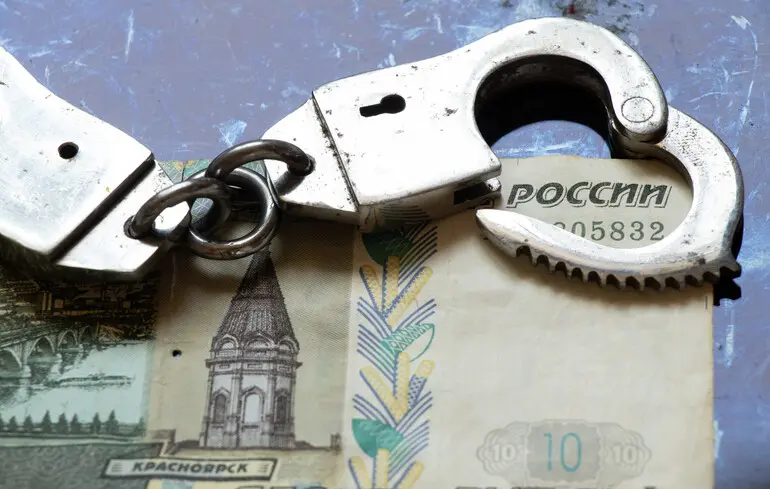EU prepares mechanism to utilize frozen Russian assets for Ukraine’s reconstruction: new prospects and challenges

In late August, a significant discussion took place in Brussels regarding the future use of nearly 200 billion euros in frozen Russian assets, which could potentially become a vital resource for Ukraine’s post-war recovery.
The European Commission is actively working on mechanisms to transform these assets into tools that not only support Ukraine’s economy but also intensify pressure on Russia, which insists on refusing to cease hostilities.
Currently, there is consideration of transferring a portion of the frozen assets into higher-risk investments, with the potential to generate greater profits and additional funding sources for reconstruction efforts.
However, this approach faces opposition within EU member states, where concerns about legality and the proper management of such mechanisms are raised.
At the same time, proposals include establishing a special fund to manage these assets, similar to the European Stability Mechanism (ESM), offering the EU a more flexible tool for reallocating funds without requiring unanimous approval from all member countries.
Notably, several countries bordering Russia, such as the Baltic states, are advocating for outright confiscation of all assets and their transfer to Ukraine as sanctions and punitive measures.
Experts warn that this strategy involves complex legal and financial issues, especially considering Belgium’s role as the main depository for these assets via Euroclear, a major financial infrastructure.
Meanwhile, the new approach to profits from investment could ensure Ukraine receives substantial revenue without immediate asset confiscation, increasing its chances of stable funding amid declining domestic budget capacities.
This also opens opportunities for G7 nations, which support asset confiscation and management ideas to aid Ukraine.
Ultimately, analysts emphasize that while this strategy holds promise for strengthening Ukraine’s financial independence and finding alternative funding paths, many questions remain regarding its implementation, legality, and the protection of all parties’ interests.

